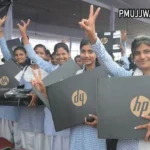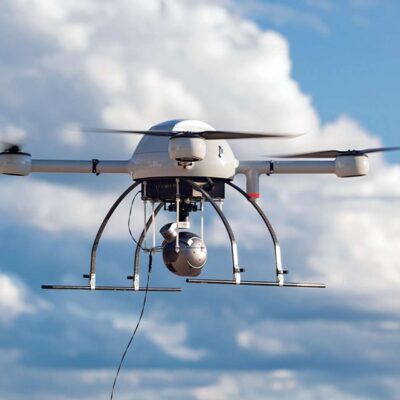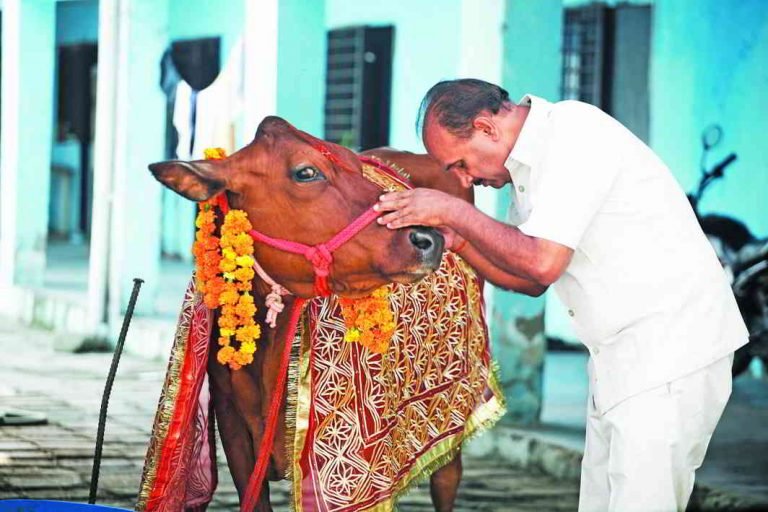No country supported India in 1947 , when Pakistani troops invaded Kashmir .
India was left alone in 1947 when India got independence . Unite Kingdom do help India to get the partition done , but they supported Pakistan to get established . There was no country which partnered and supported India post-Independence. Indian went solo from 1947 to 1962. To resolve any dispute India heavily banked on Common Wealth group and United Nations.
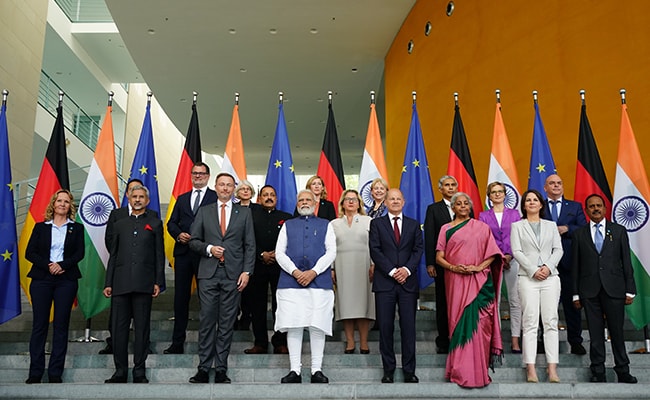
International Group –
India association for strategic partnership was limited to few groups after Independence. United Nations was established in 1945 with Veto power granted to USA , Russia , China , UK & France. United nations currently have 193 members . Common wealth group was established in 1949 with 56 members which is headed by King of united Kingdom . Non-Aligned movement started in 1961 which has 121 members. G20 group was formed in 1999 which include EU countries. BRICS group was formed in 2009 with 5 members but now have 11 member and is growing. Most of these groups are dominated by super powers.
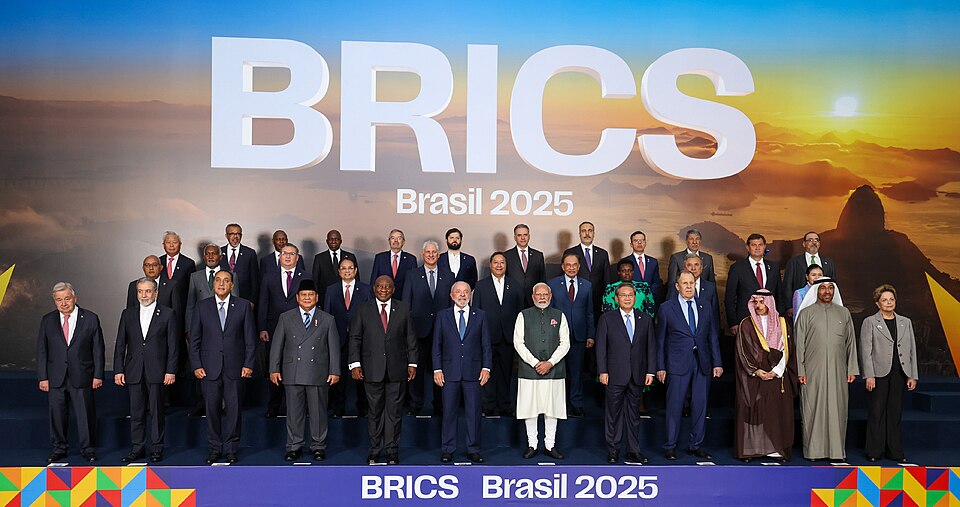
Partnership –
Indian collaboration with other countries went through difficult phases after Independence and was dominated by superpowers.
1. Early Independence (1947–1961): Non-Alignment & Balancing
1947–48: India inherited colonial ties with the UK and the Commonwealth.
Non-Aligned Movement (NAM): (1955 Bandung Conference; 1961 Belgrade) , India became a founding leader (with Tito, Nasser, Sukarno).
US & USSR: India kept an equal distance but leaned toward the Soviet Union for industrial and defense support.
China: Early friendship under “Hindi Chini Bhai Bhai” policy (1954 Panchsheel Agreement), but this collapsed after the 1962 war.
2. Cold War Realignment (1962–1971)
USSR: Emerged as India’s principal partner after 1962 war with China.
1962: Soviet military and technological aid.
1971: Indo–Soviet Treaty of Peace, Friendship and Cooperation, a cornerstone of India’s Cold War security.
USA: Relations strained due to US–Pakistan ties (especially during 1965 and 1971 wars).
Europe: Growing economic links with France and UK.
3. Post–Bangladesh War & Cold War Peak (1971–1991)
USSR: Remained India’s most reliable defense and diplomatic partner.
USA: Still distant; US-Pakistan-China triangular relationship grew stronger after Nixon–Kissinger’s 1971 China opening.
China: Hostile ties after 1962, worsened by Chinese support for Pakistan.
NAM: India continued leadership but tilted toward USSR.
4. Post–Cold War Transition (1991–2000)
Collapse of USSR forced India to diversify partners.
USA: Relations warmed after India’s economic liberalization (1991).
1998 Nuclear Tests (Pokhran-II) strained ties with the West, but led to eventual recognition of India as a nuclear power.
1998–2000 Vajpayee era:
Indo–US relations improved (Strobe Talbott–Jaswant Singh dialogue).
France & Russia signed long-term defense partnerships.
Israel: Emerged as a key defense and intelligence partner.

5. Strategic Partnerships Era (2000s)
USA: Declared a “strategic partner” (2000 Clinton visit; 2005 Civil Nuclear Agreement; 2008 Nuclear Suppliers Group waiver).
Russia: Continued as India’s largest arms supplier.
EU: 2004 – India declared a “Strategic Partner” of the European Union.
Japan: Strategic and Global Partnership (2006).
China: Growing economic ties but continued border disputes.
BRICS (2009): New grouping with Brazil, Russia, China, South Africa. Currently 11 members
6. 2010s: Multi-Alignment
USA: 2016 – India designated “Major Defense Partner.” Quad revival with US, Japan, Australia.
France: Deepened defense (Rafale deal, space cooperation).
Russia: Defense and energy cooperation (S-400 deal, Kudankulam nuclear plant).
Israel: Elevated to strategic partnership (2017).
ASEAN & East Asia: Act East Policy expanded India’s outreach.
China: Increasing rivalry (Doklam 2017, Galwan 2020).
7. 2020s: Indo-Pacific & Global Partnerships
USA: Critical defense & technology partner (iCET, Quad cooperation).
France: Declared India’s “foremost strategic partner” in Europe (2023).
Russia: Partnership strained by Ukraine war, but defense ties continue.
Middle East: New partnerships (UAE, Saudi Arabia, I2U2 – India, Israel, US, UAE).
Africa: Rising engagement (defense, energy, digital).
Australia: Elevated to Comprehensive Strategic Partnership (2020).
Global South Leadership: India positioned itself as a leader in G20 (2023).
Summary of India’s Strategic Partners –
Cold War: USSR, NAM, some Europe.
Post–1991: Diversification – USA, France, Israel, Japan.
Today: Multi-alignment – US, France, Russia, Israel, Japan, Australia, EU, Middle East, Africa, ASEAN & BRICS

Major Wars –
India have 5 major wars beginning 1947 . In most of the cases the international support to India was just vocal till India established strategic partnership with major powers.
| Year | War with | Supporting Countries | Opposite Country | Neutral |
| 1947 | Kashmir War | None | UK | UN , USSR , USA |
| 1962 | China War | USA , UK | Pakistan | USSR , Common Wealth |
| 1965 | Indo-Pak War | USSR , Egypt . Yogosl ,Indonesia , NAM , | China , Saudi , Jordan , Turkey | Srilanka , UK , US , UN |
| 1971 | Bangladesh War | USSR , Poland , Czk , Bulgaria | US , China , Saudi , Turkey , Iran | UK , France , NAM , China |
| 1999 | Kargil War | USA ,Russia , Israel, EU | Saudi | China |
| 2025 | Opr Sindhoor | USA , UK , France , Israel , Gulf , UAE , EU | Turkey , China | UN |

India relations with Super Powers –
India follow the path of Non-alignment and mutual friendship till China attacked India in 1961 . India stays neutral to world’s conflicts. But during her crisis time India has been approaching United Nations but the 5 permanent members with Veto rights ( super Powers ) were always a hurdle and have rarely supported India. When for self defense India approached super powers for arms they become automatically a strategic partners. None of the Super power were faithful to India but selfish . They behaves like traders and business house which India have to accept .
USA – United States till year 2000 was never an India’s partner but behaved like a big boss and a trader to sell their arms to India. US continuously supported Pakistan and supplied them with latest defense equipment. USA with a policy of arm-twisting was never reliable to India till today.
RUSSIA – Russia stay neutral with Indian affairs till war in Bangladesh in 1971 . On American threat to India , Russia became the staunch supporter of India with military support . After Bangladesh war Russia become major supplier of Defense items to India pushing USA to second option for India.
CHINA – China behaved like a double head snake with India before and after Independence. India who wanted China to be a friendly country . Panchsheel agreement was signed in 1954. But China attacked India in 1962 by capturing 38,000 km2 of Indian land and never returned it. Though India does bulk import from China but the relationship have never been good. China attempted multiple time to cross Indian border in the north to occupy by claiming that Arunachal Pradesh & Ladakh belongs to them. China was never a strategic partner to India .
UK – British Empire who ruled the whole world at one time ( at 1913 almost 1/4th of land of planet earth = 35 million Km2 ) , now are boxed in an area of 130,000 Km2 called England (smaller than Tamil Nadhu ) . British ruled India for 200 years , left India in 1947 by looting most of the wealth . UK who is considered to be super power ( with Veto in UN ) have a little influence on India as has played neutral most of the time , when India need them.
FRANCE – France as a part of NATO member countries , could not do much to support India in world’s stage . However India made big defense deal with France to buy Fighter Aircrafts , Helicopter and Sub Marines lately. Currently France is supporting India in Defense requirement .

Super power’s alignment with India –
To counter external threat, meet defence requirement and import of other essentials , India wanted to be partner with Arms exporting countries . All the arms exporting country are Dollar hunger and support India temporarily so that they sell their arms to India , once done they make U-turn and start behaving indifferently. India’s relation with major Super powers has been varying since 1947.
| Duration Years | Supported India | Neutral | Distant |
| 1947 – 1961 | USSR , China | USA | – |
| 1962 – 1971 | USSR , France , UK | USA | China |
| 1971 – 1991 | USSR | USA , EU | China |
| 1991 – 2000 | Russia , USA , France , Israel | – | China |
| 2000 – 2010 | US , Russia , EU , Japan , BRICS | – | China |
| 2010 – 2020 | US , Russia , EU , Japan , Austrl | – | China |
| 2025 – US Tarriff War | Russia , China , BRICS | EU | USA |
Arms Imports by India –
For self defence India is heavily dependent of import of Arms mostly from Super Powers . Despite local manufacturing of defence items , India is still world’s second biggest importer of Arms. To get defence order from India , Arms exporting country become strategic partner to India , but not by heart . USA is a prime example which is in a habit of ditching partner country every five years .
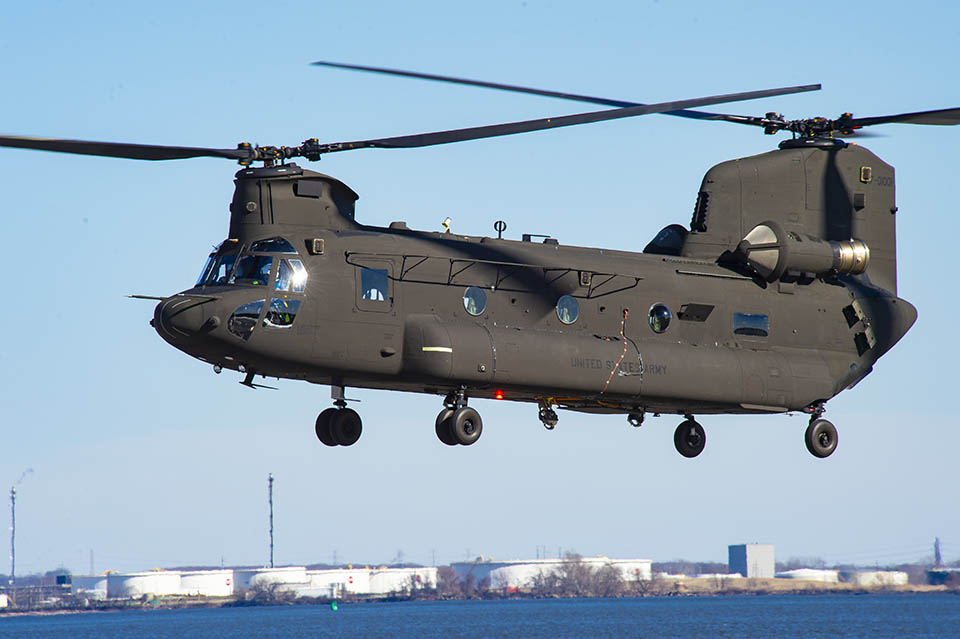
India has imported from the US:
Aircraft: C-17, C-130J, P-8I, Apaches, Chinooks.
Artillery: M777 howitzers.
Missiles: Harpoon, Hellfire, Stinger.
Helicopters: MH-60R Seahawks.
Drones: Predator MQ-9B (leased, more on order).
Radars & Systems: Firefinder radars, comms & surveillance systems.

India has imported from Russia:
Aircraft: MiG series, Su-30MKI, transport planes, naval aircraft.
Helicopters: Mi & Ka series.
Tanks & APCs: T-55, T-72, T-90, BMPs.
Submarines & Ships: Kilo, Akula, Talwar-class, destroyers.
Missiles & Air Defence: BrahMos, S-400, Igla, Klub, Smerch.
Nuclear & Strategic: Submarines, power plants, missile tech.

India has imported from France:
Aircraft: Ouragan, Mystère IV, Jaguar, Mirage 2000, Rafale.
Helicopters: Alouette III (Chetak), Lama (Cheetah).
Submarines: Scorpène/Kalvari-class with tech transfer.
Missiles: Exocet, MICA, Meteor, SCALP, Hammer bombs.
Artillery: Field guns, radars, sensors.
Tech Cooperation: Nuclear & space technology.
Value of Arms imported by India –
| Period – Years | RUSSIA | USA | France |
| 1991 – 2000 | $ 7.70 Billion | $ 500 Million | |
| 2001 – 2010 | $ 17.3 Billion | $ 7.0 Billion | |
| 2011 – 2021 | $ 22.8 Billion | $ 6.0 Billion | $ 10.0 Billion +/- |
| 2021 – 2024 | $ 25 Billion +/- | $ 10 Billion | $ 15.0 Billion +/- |
India’s Strategic Partners – by Domain (at 2025)
| Domain | Top Partners | Key Notes |
| Defense & Security | Russia , US, France, Israel, Japan | US (joint exercises, tech transfer), Russia (legacy weapons, S-400s), France (Rafale, submarines), Israel (missiles, drones), Japan (maritime security). |
| Economy & Trade | US, EU (esp. Germany & UK), UAE, Japan | US & EU are top markets; UAE key for trade & investments; Japan critical for infrastructure. |
| Energy Security | UAE, Saudi Arabia, Russia, Iran | Gulf partners supply oil & gas; Russia discounted oil (post-Ukraine war); Iran’s Chabahar port crucial for connectivity. |
| Technology & Innovation | US, Israel, Japan, France | US for semiconductors/AI; Israel for defense & cyber tech; Japan for high-speed rail & electronics; France for aerospace/space. |
| Indo-Pacific Strategy | US, Japan, Australia, France | Quad central to maritime balance; France aligns as Indo-Pacific power. |
| Global South / Multilateral Leadership | BRICS (Russia, Brazil, South Africa, others), SCO, African Union, ASEAN | India leads Global South initiatives; strong in BRICS+ and G20 diplomacy. |
| Diaspora & People-to-People | US, UK, UAE, Canada | Large Indian diaspora shaping soft power, remittances, and bilateral influence. |
Strategy Priority partners of India –
Defense Backbone: Russia (legacy) + US/France/Israel (modernization).
Economic Engines: US, EU, UAE, Japan.
Energy Lifelines: Gulf states, Russia, Iran.
Technology Drivers: US, Israel, Japan, France.
Strategic Balance: US + Quad for China; Russia for legacy balance; Middle East for stability.
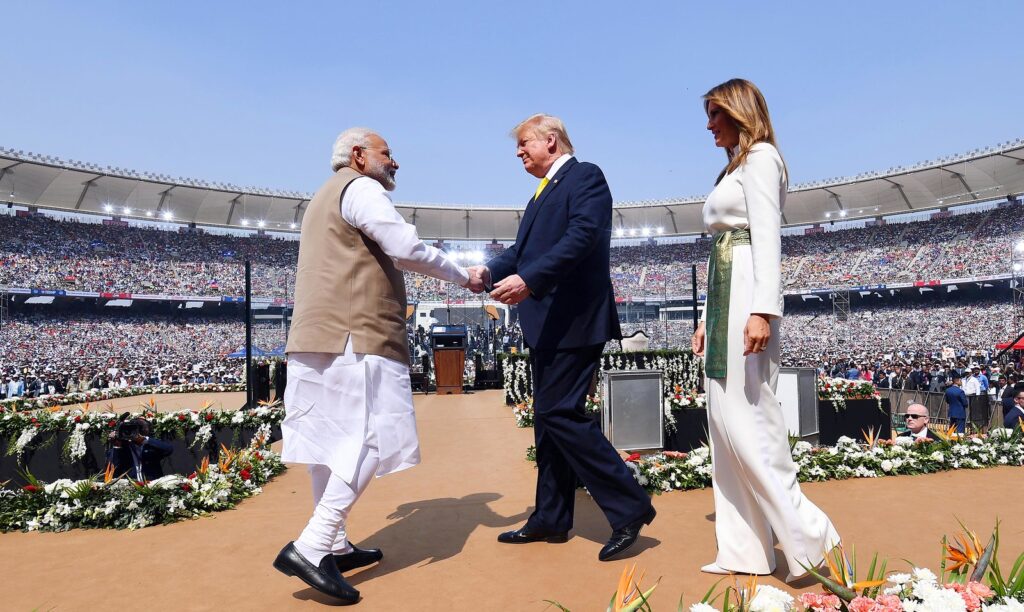
Note on India’s current Strategic Partners –
India today follows a policy of multi-alignment, engaging with multiple powers across different sectors while maintaining strategic autonomy. Unlike the Cold War-era dependence on the Soviet Union or the earlier policy of Non-Alignment, India now chooses its partners based on issue-specific needs.
India’s current strategic partnerships are broad-based and multi-dimensional—the US, Russia , France, Japan, and Australia are central for defense and Indo-Pacific; Russia remains relevant for legacy defense and energy; the Middle East ensures energy and financial stability; while Israel and EU partners provide technology and innovation. At the same time, India asserts leadership of the Global South, balancing great power rivalries while protecting its autonomy.
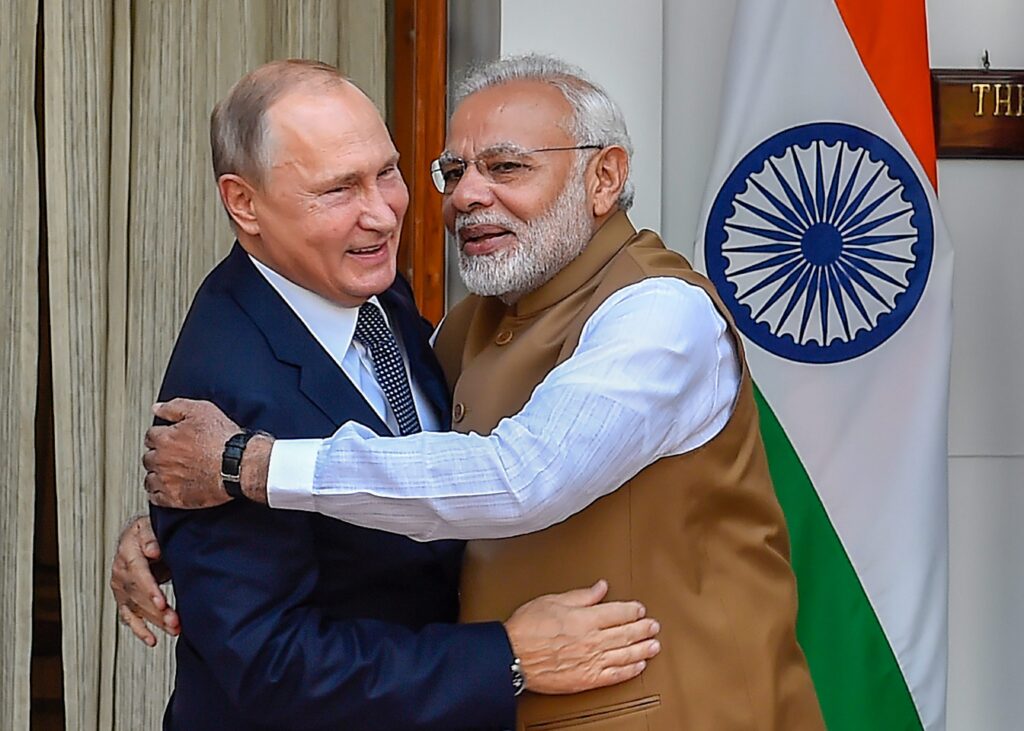
Summary–
For an ordinary Indian they see Russia as the best strategic partners . Russia has helped India by supplying Air Defence and Oil at cheaper rates . Whereas US always try to dominate India and trying to bring the Indian economy down. The recent drastic tariff increase by US to Indian import has spoiled the Indo-US relations . US is not a reliable partner to India due to their trader mentality and bossism . China can not be trusted as they are pro-Pakistan wi


